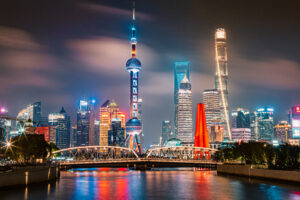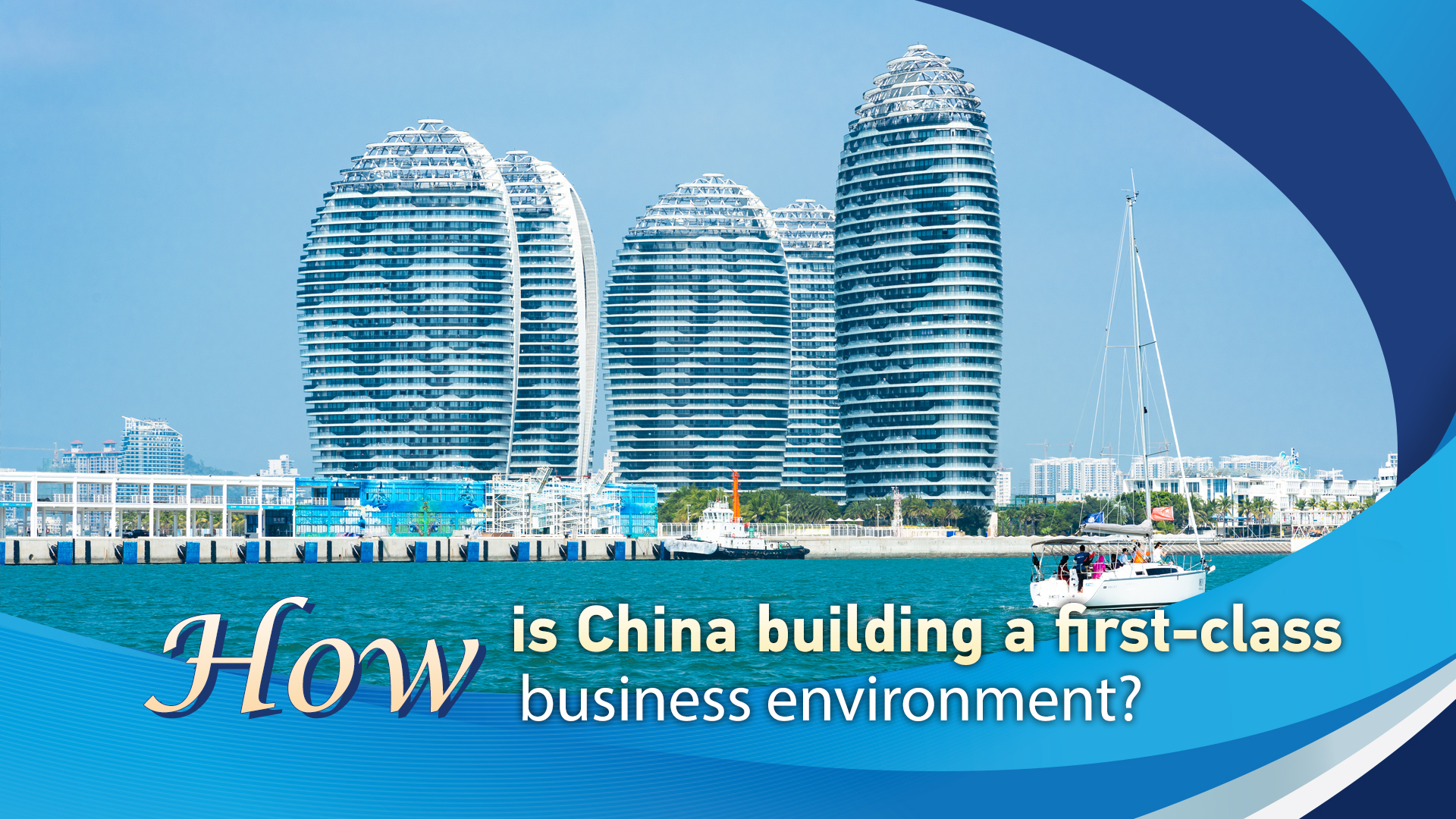Beijing: Business environment is the big thing in Hainan these days. In recent years, the island province in southern China has been making solid progress in building a high-level free trade port (FTP).
Since the construction of the FTP in 2020, Hainan has made 140 institutional innovations to optimize the business environment and improve social governance. So far, 11 of them have been ordered to be replicated in other parts of the country by the State Council, China’s cabinet.
At the end of 2022, China’s first business environment construction department was inaugurated in Hainan, with the duty to serve enterprises and lead institutional innovation in improving the business environment. Its credit system lights up the “traffic light” in government services such as project approval and enterprise supervision to protect the fair rights and interests of investors.
According to the department, the approval time for construction projects has been reduced by 50 percent over the previous two years, and as of the end of March this year, the number of market entities increased by 322 percent compared with 2019.
Thanks to institutional innovations, Hainan’s actual use of foreign investment grew over 63 percent on average annually from 2018 to 2023, according to data from the Hainan government.
In 2023, Hainan launched an initiative calling for more partnerships between free trade zones (FTZs) across the world. The initiative now has 34 members.
As the province is striving to align with top international standards, it is becoming a paradigm of reform and opening-up in the new era.
China’s free trade zones
At present, China boasts 21 FTZs and the Hainan Free Trade Port. Since the establishment of the first pilot FTZ in Shanghai in 2013, China’s FTZs have played a crucial role in attracting foreign investment and stabilizing foreign trade.
Since 2013, these FTZs’ negative list of foreign investment access has been revised seven times, reducing the number of items from 190 to 27. Meanwhile, they have rolled out 278 institutional innovations, covering investment facilitation, trade liberalization and financial opening-up, among others.
Currently, the manufacturing industry in the pilot FTZs is fully open, and the service industry is more liberalized than that of the whole country.
From January to May this year, over 21,000 new foreign-invested firms were established across China, an increase of 17.4 percent year-on-year, according to data from the Ministry of Commerce.
Despite various challenges in recent years, China is still one of the largest foreign direct investment destinations in the world, due to its unparalleled supply chains and determination to improve the business environment.
In 2019, China issued the Regulation on Optimizing Business Environment, marking the country’s legal efforts in specifying the principles and directions for fostering a stable, fair, transparent and predictable business environment.
In a World Bank report in 2020 on the ease of doing business, China ranked 31 out of 190 countries and regions, up from 96th in 2013.
This May, China’s State Administration for Market Regulation (SAMR) released a draft of 40 measures to optimize the business environment for public comment.
SAMR pledged to continue enhancing the registration management of foreign-invested enterprises by refining the registration system, and streamlining notarization and certification procedures.


